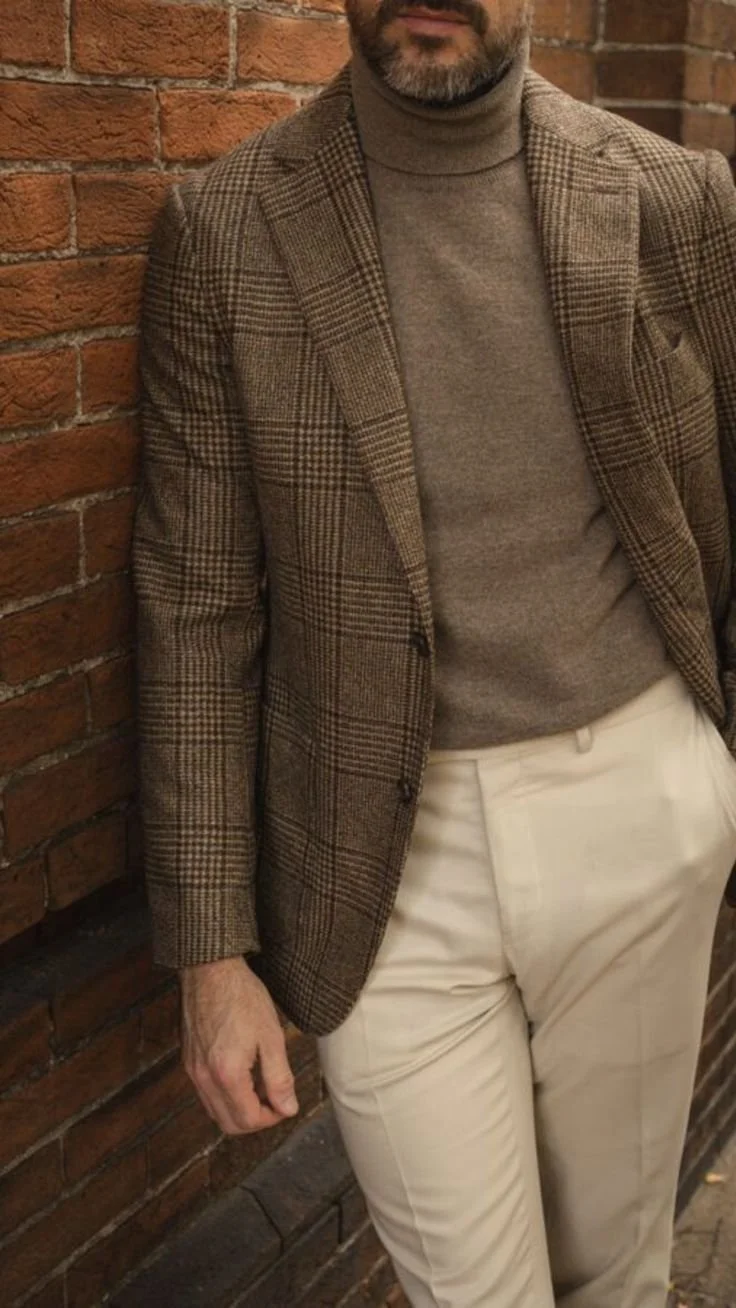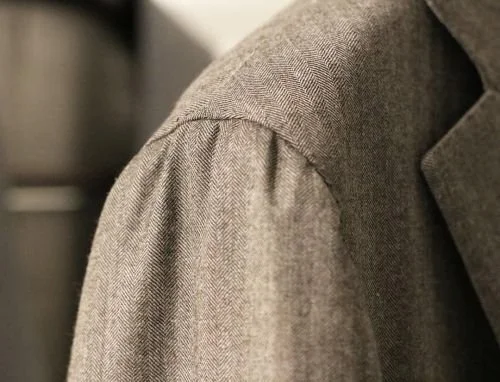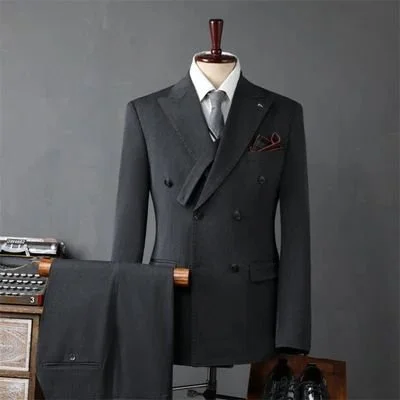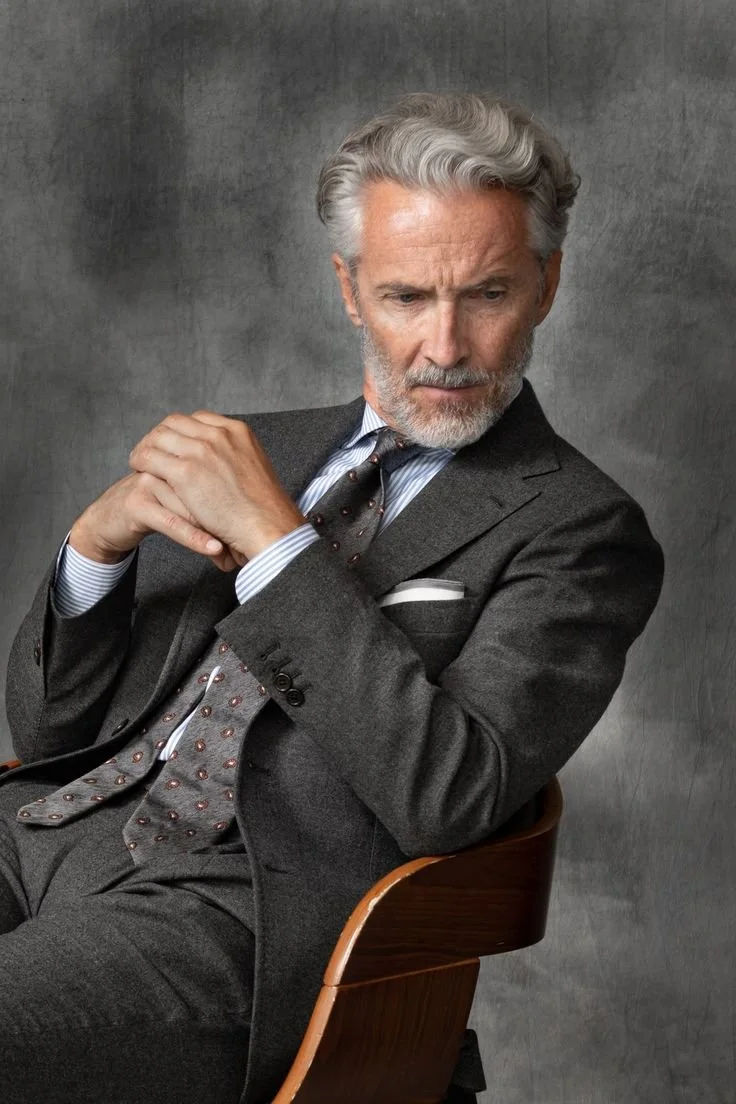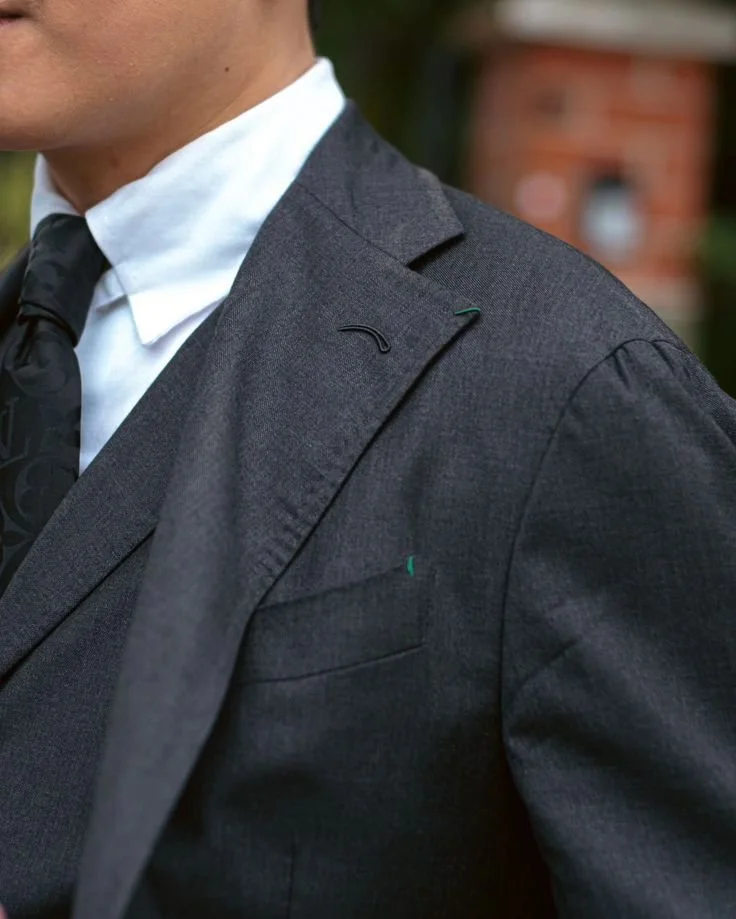The Art of the Sartorial Sleeve
Ever wonder why a Neapolitan jacket looks so natural? Why does it seem to move with the man wearing it instead of sitting stiff on his shoulders like some corporate uniform? Brother, let me tell you—it's all in the sleeve.
Most guys walk past this detail every single day. They see a well-dressed man and think, "Nice suit," without realizing what makes it actually work. But once you understand this one element of tailoring, you'll never look at jackets the same way again.
The Philosophy Behind Spalla Camicia
The Italians have a term for it: spalla camicia—literally, "shirt shoulder." Instead of loading up the sleeve with heavy padding or rigid structure, master tailors sew it in like a shirt sleeve would be attached. Soft, light, and alive.
Here's the thing that throws most people off: you'll often see a few small ripples near the sleeve head where it meets the shoulder. First-timers think it's a flaw. Fashion forums debate whether it's "acceptable." But those ripples? They're not mistakes, brother. They're the fingerprint of a tailor's hand. They're proof that a human being constructed this garment with intention, not a machine stamping out cookie-cutter suits.
This approach to tailoring prioritizes movement over rigidity, comfort over convention. It's a philosophy that says clothing should adapt to you, not the other way around.
What Modern Suiting Gets Wrong
Here's the problem: modern suiting often forgets this entirely. Walk into most department stores, and you'll find racks of jackets built like armor. Stiff shoulders. Heavy canvas. Structure so rigid you could probably stand the jacket up on its own.
It replaces expression with rigidity. And when a jacket loses movement, it loses life.
Don't get me wrong—there's a place for structured shoulders. A padded shoulder says power. It's the 1980s boardroom, the Wall Street executive, the "I'm here to dominate" energy. But a shirt shoulder? A shirt shoulder says poise. It whispers confidence instead of shouting it. It's the difference between trying to impress and simply being impressive.
The mass-produced suit industry has trained us to accept stiffness as normal. We've forgotten that clothing can actually work with our bodies instead of against them.
What True Tailoring Feels Like
When you slip on a jacket with proper spalla camicia construction, you feel the difference instantly. I'm not exaggerating. The first time I tried on a genuine Neapolitan jacket, I thought something was wrong because it felt too comfortable. Turns out, that's exactly how it's supposed to feel.
It bends when you move. It breathes when you walk. Reach for something across a table, and the jacket moves with you naturally instead of pulling tight across your back. The shoulders don't stay frozen in place—they actually respond to your body's motion.
It's comfort disguised as elegance. And that's something no mass-produced suit can replicate, no matter how much they charge for it. You can't fake this with a factory line. This requires skill, experience, and a tailor who actually understands how the human body moves.
This is the kind of jacket you can wear all day without thinking about it. No adjusting, no tugging, no feeling like you're trapped in fabric. Just you, dressed well, moving through the world.
The Freedom You Won't Want to Give Up
Once you've felt that freedom, you'll never go back to rigid suits again. It's like the difference between dress shoes that pinch your feet and ones that actually fit—once you know better, you can't unknow it.
So the next time you're shopping for tailoring or just people-watching, look for those little ripples near the sleeve head. When you spot them, smile. You're not looking at imperfection. You're looking at real tailoring. You're seeing the mark of someone who cares more about how a jacket works than how it photographs on a hanger.
This is craftsmanship. This is understanding that the best suit isn't the one that looks perfect hanging still—it's the one that looks perfect when you're wearing it.
The spalla camicia approach reminds us that true style isn't about following rules. It's about understanding principles. It's knowing that sometimes what looks "imperfect" at first glance is actually perfection in motion.
Share your thoughts below: Have you experienced the difference of a soft-shoulder jacket? What's your take on traditional tailoring versus modern suits? Let's talk about it in the comments.


